Branding means to Differentiate
Don’t be Vanilla; don't be a cookie cutter brand...
Don’t be Vanilla; don't be a cookie cutter brand...
Branding Experience
Brand and visual communications come in all forms – from offline to online. With over 30 years experience I’ve created thousands of memorable visual communications and design pieces. Some are now over 20 years strong as effective brands. In 1996 I started developing online, web and digital communication and designs.
Design is perceived as a young person’s industry… however I’d argue you wouldn’t use a young lawyer or builder for top level work…you need the best person with the best experience. If you want to avoid the pitfalls, headaches and create a sustainable plane for your investment, I’m your man!
I’m a successful brand strategist with years of business experience that can help develop your projects goals. Contact me >
Position your brand differently!
 Humans are emotional and brands are based on emotions and feelings with the goal to connect, resonate and spread to other like-minded customers. This creates positive growth.
Humans are emotional and brands are based on emotions and feelings with the goal to connect, resonate and spread to other like-minded customers. This creates positive growth.
Businesses need to see the details through the eyes, hearts and minds of people and you use words, messages, images and styles to allow the customer to see something bigger and better for themselves. This is how you build your Brand whether that is personal, product, service, company, region or country.
10 Rules for Brand All Star success
Source: David Brier
Rule 1: Correct knowledge enables you to lead
Rule 2: In branding as in life, “being average” isn’t the goal. It’s the barrier to overcome on your way to brand excellence and leadership
Rule 3: Life and business are like software. Version upgrades are available
Rule 4: Become a cause for celebration
Rule 5: Be the same as everyone else and pay the price for average
Rule 6: Your brand voice is the content…the channel is simply the delivery system
Rule 7: If your customer can experience it, it’s media…that’s a big canvas
Rule 8: If you don’t tell your customer what the difference is, your customer will decide for you
Rule 9: Your brand’s not about you…it’s about the customer!
Rule 10: Never settle for “good enough.” Never get complacent with your brand. Ever.
Barriers to a strong brand
There are barriers however to growing a strong brand:
- Lack of interest in the customers needs as you focus on your own business needs
- Customer not able to take ownership in the process or your brand message
- You have no point of difference…you’re a cliche or vanilla. If you have the same message as your industry then how does your customer differentiate?
- Lack of stories that are the means of emotional connection to help your customers achieve their dreams and connect to your business
Be clear on your brand strategy
What niche is your company filling, marking itself as a destination for customers who are looking for a solution to a given problem?
Therefore to be a destination you don’t want to be a foggy cliche as you can only compete on price and features and deliver no perceived value.
- So, how do you stand out?
- How are you noticed at all?
- How are you thought of when it’s time for your customer to buy?
- How are your competitors positioning?
Answering these questions allows you to start building a brand that will speak authentically with your customers as an audience.
Value Proposition
A major aspect of this foundation is a value proposition and positioning statement.
The value proposition and positioning statement are both key elements in a business’ brand strategy, however, there are differences between them.
A value proposition or brand promise is broader and simply describes what sets your product or service apart from competitors. It gives a big picture overview of the benefits a product or service provides. It is the most important aspect of a brand. It represents the uniqueness of the brand and this is what the customer remembers. A customer buys a product for the perceived benefit they will gain from it.
A value proposition shows the benefits your customers can expect from your products and/or services. What experiences are your customers going to take from interacting with your products and services, and what value do those experiences have?
A strong value proposition articulates the essence of your business and clearly defines what benefits the company will bring to a customer’s life.
Coca Cola’s current value proposition is “The Coke Side of Life” which represents happiness when you open up a can of coke or any other Coca-Cola product. “The Coke Side of Life” explains that it is an enjoyable, comfortable, and sociable environment when one actually consumes a Coca-Cola product.
Apple understands that even focusing on the unique features of the iPhone wouldn’t be enough to distinguish the device in such a crowded market. By emphasizing the overall experience of using the device, however, Apple’s value proposition is as unique as its approach to product design and aesthetics “The Experience IS the Product”. Another Apple value proposition has included “Think Different”.
Positioning Statement
Positioning statements or Brand Purpose is more focused, detailed and they’re created after you’ve developed your business’ value proposition. It identifies only the primary customer benefits and points of competitive differentiation and can align with your Mission Statement.
Businesses must ask themselves…what do you want the world to look like, and how will your company help contribute to the goal?
A good positioning statement can be the basis of a strong tagline, signaling to the customers precisely what your company is going to do and why your customers need you in their lives.
Taking the time to formulate the right positioning statement before building your brand will pay dividends in the long-run and ensure that your time and precious resources are not being wasted on the wrong message or nothing at all. We also believe in developing the Brand Pyramid before you define your positioning statement so you fully understand your values and essence.
Coca-Cola Positioning Statement: For individuals looking for high-quality beverages, Coca-Cola offers a wide range of the most refreshing options — each creates a positive experience for customers when they enjoy a Coca-Cola brand drink. Unlike other beverage options, Coca-Cola products inspire happiness and make a positive difference in customers’ lives, and the brand is intensely focused on the needs of consumers and customers.
Apple Positioning Statement: For individuals who want the best personal computer or mobile device, Apple leads the technology industry with the most innovative products. Apple emphasizes technological research and advancement and takes an innovative approach to business best practices — it considers the impact our products and processes have on its customers and the planet.
Brand positioning has been defined by Kotler as “the act of designing the company’s offering and image to occupy a distinctive place in the mind of the target market”. In other words, brand positioning describes how a brand is different from its competitors and where, or how, it sits in customers’ minds.
A brand positioning strategy therefore involves creating brand associations in customers’ minds to make them perceive the brand in a specific way. Source
Brand Purpose
A brand purpose is essentially a brand’s reason for its operations like the brand positioning. It’s important to not confuse this with a value proposition and brand promise. A value proposition may give the buyer an idea of what to expect from the product or service, but the brand purpose goes way beyond that. A brand purpose connects with consumers on a more emotional level with authenticity. Likewise, brand purpose isn’t the same as social purpose, though there are similarities. To clarify this, a brand purpose is about product or service-led initiatives which strive to simultaneously achieve business and benefit society.
It is understandable that companies may look at identifying a purpose outside the bottom line and it’s well known that a purpose-driven company performs better than their peers.
This is where the Brand Pyramid is developed and utilised along with the brand one liner where you’re the guide and the customer is the hero.
What is a vision statement?
A company vision statement reveals, at the highest levels, what an organization most hopes to be and achieve in the long term. A vision statement provides a concrete way for stakeholders, especially employees, to understand the meaning and purpose of your business. Vision statements are future-based and meant to inspire and give direction to employees of the company rather than customers. The vision is about your goals for the future and how you will get there.
What is a mission statement?
A mission statement focuses on the purpose of the brand. A mission statement is a brief description of a company’s fundamental purpose. It answers the question, “Why does our business exist?” Serves as a baseline for effective business planning. Mission statements are part of a company’s public face, they are also often used in a company’s marketing and may have some alignment with the brand positioning statement.
What is a brand?
The term “brand” first emerged more than half a century ago as a way for cattle ranchers to identify their animals. In the late 1880s, packaged goods like Coca-Cola started taking off. Brands were used to differentiate them from the generic competition.
But as branding progressed, marketers realized there was more to the brand of Coca-Cola than just a non-generic name. David Ogilvy, the “Father of Advertising,” defined the brand as “the intangible sum of a product’s attributes.”
You can consider a brand as the idea or image people have in mind when thinking about specific products, services and activities of a company, both in a practical (e.g. “the shoe is light-weight”) and emotional way (e.g. “the shoe makes me feel powerful”). It is therefore not just the physical features that create a brand but also the feelings that customers develop towards the company or its product. This combination of physical and emotional cues is triggered when exposed to the name, the logo, the visual identity, or even the message communicated. Source
So who decides on the Brand?
As much as a company tries to craft its brand perception, ultimately the brand is perceived by the customer therefore creating the real value. If customers love the Brand they will spend and want to be absorbed in the brand culture. This can effectively lock out competitors noise, offerings and voice. However, if the brand fails this leaves the customer questioning the brand’s value in relation to their values, opening the door for other competitors to have an opportunity to entice the customer over to their business. Therefore it is important to realise if you undertake becoming a Brand All Star your need to focus on the customer is always Number 1 and do everything to protect your Brand value.
Nowadays brand values also sit in the reviews seen online, social media posts and any other touchpoint that a company is ‘experienced’ by the customer. Monitoring, enhancing and managing these ‘touch points’ is critical to growing your brand and value, sitting still or being hammered and going backwards as a company.
Branding doesn’t simply look pretty and sound clever. It reflects the heart and soul of the business and is reflected in everything you do.
Zesty Projects that create success
MORE PROJECTS >
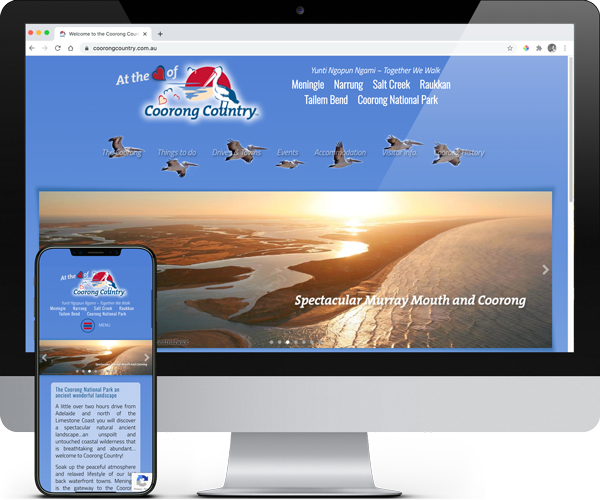
Coorong Country Branding
The Coorong and Meningie region used to be a lost landscape of natural beauty, history and indigenous culture. Developing the Coorong Country brand and supporting the local community has been very rewarding More >

Arura Group Stays Branding
Arura approached me for a rebranding of their accommodation business. Formerly Port Hughes Accommodation Centre we rebranded the name to have more character and many other elements. More >
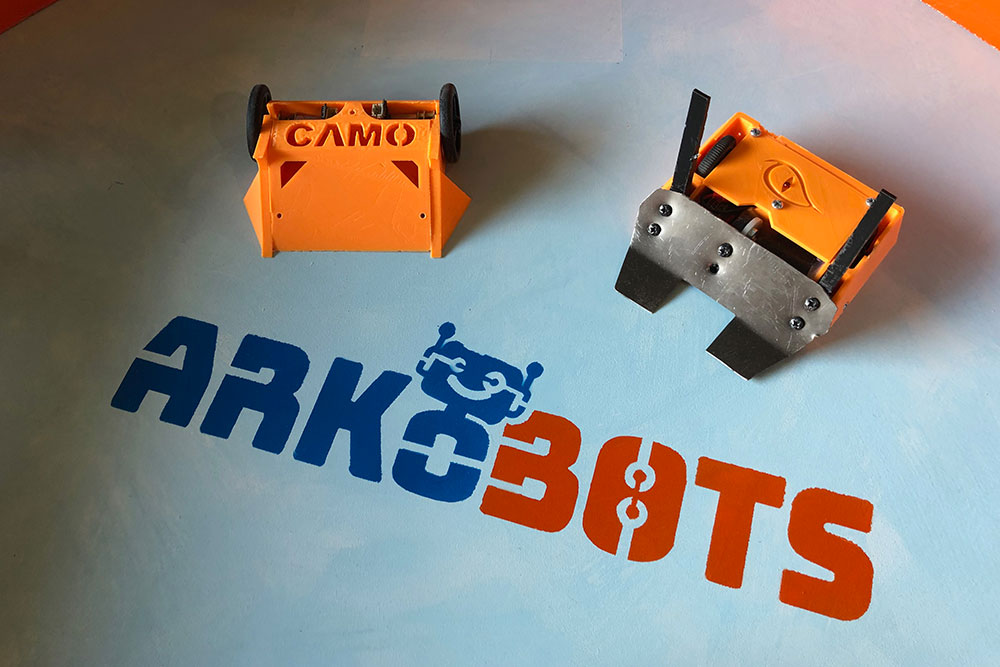
ARKObots Branding
As a start up ARKObots branding is pitched at the education sector. Fun colours with some stability that shows joy and a modern style. The brand icon allows for diverse application. More >
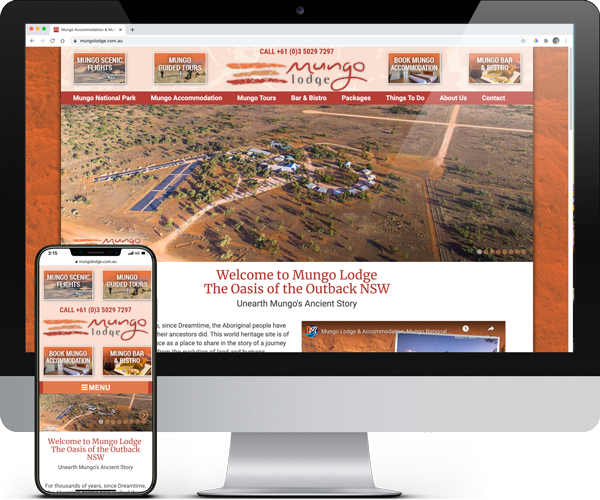
Mungo Lodge & Tours Branding
Mungo Lodge approached me to rebrand their business. This included full re-design, new byline ‘Unearth Mungo Ancient Story’ and brought everything together to tell their unique story of the outback lodge. More >
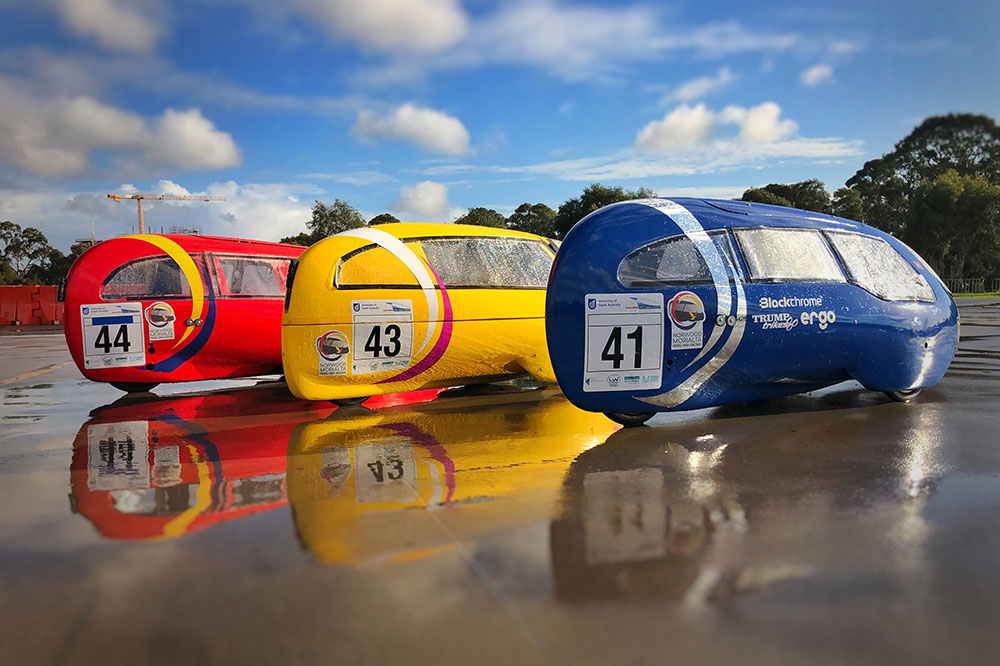
Norwood Morialta Pedal Prix Branding
The pedal prix team at Norwood Morialta High School had an opportunity to use pedal prix to promote the school and improve its image on the track. I developed a brand strategy to take implement the branding. More >
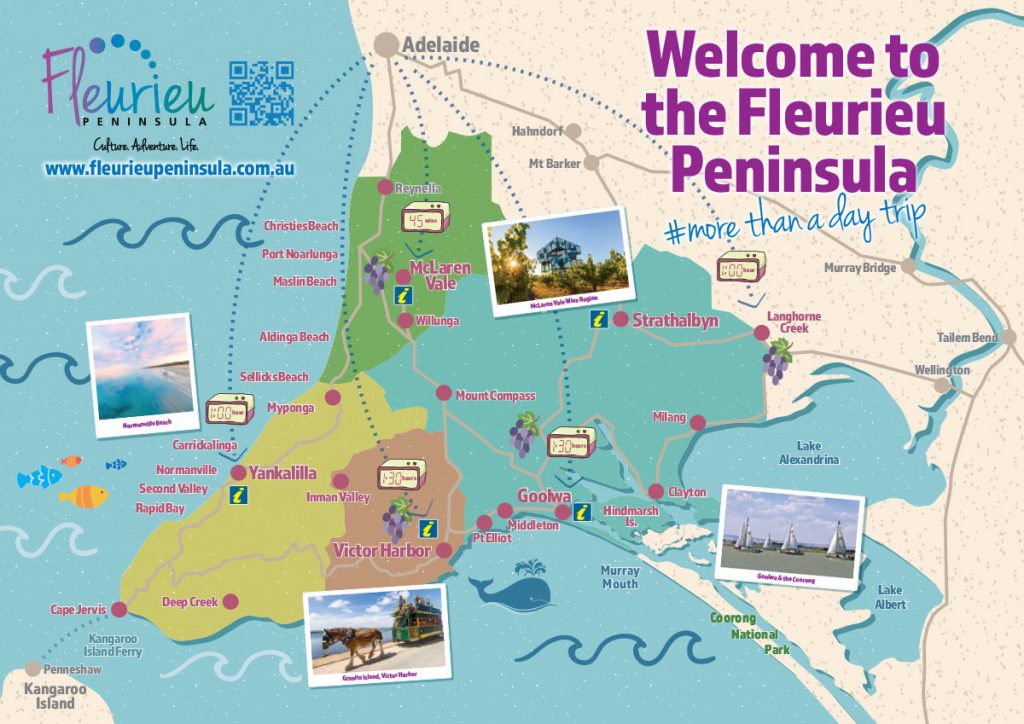
Fleurieu Penisula Tourism Maps
Once I’d worked through the current brand needs of the client we started developing different visual identity elements from both offline to online that aimed to continually build the tourism presence in the region. More >

Mannum Museum and Mannum Township
Working with the Mannum Dock Museum of River History and the Mannum community has been very enjoyable. The museum is the heart of tourism in Mannum and is continually working towards improving its presence for visitors. More >
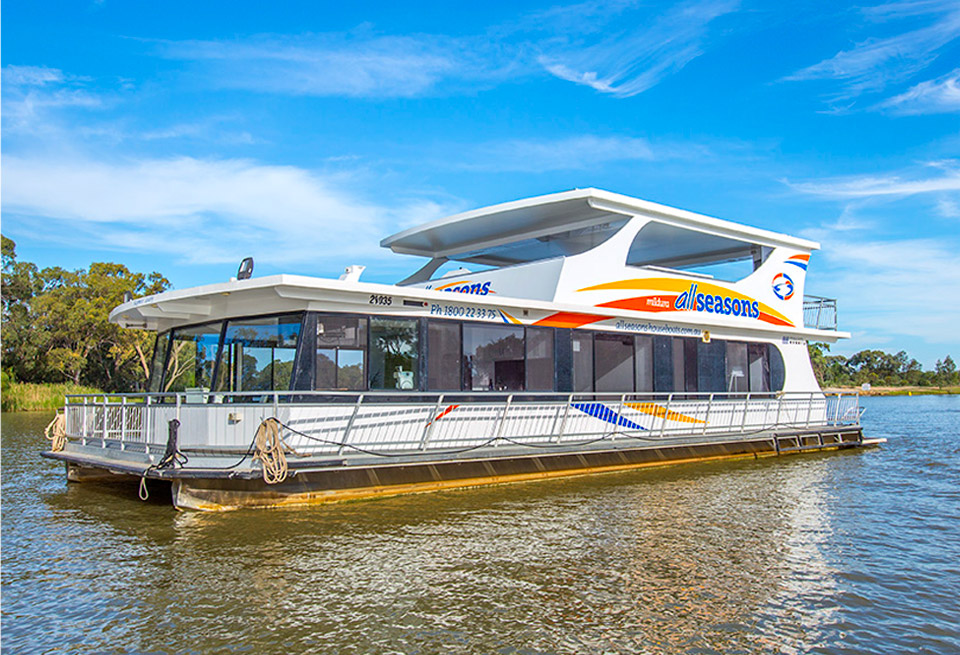
All Seasons Houseboats & Holiday Park Branding
Overseeing the successful brand development for All Seasons Houseboats and Holiday Park in Mildura. More >

Discover Murray River Branding
Development of a diverse range of visual identity elements from both offline to online that aimed to continually build Discover Murray River’s presence in the region. More >

Euston Club Resort Branding
I worked through the club’s brand needs and we started developing different visual identity elements from both offline to online that aimed to continually build the club’s presence in the region and beyond! More >
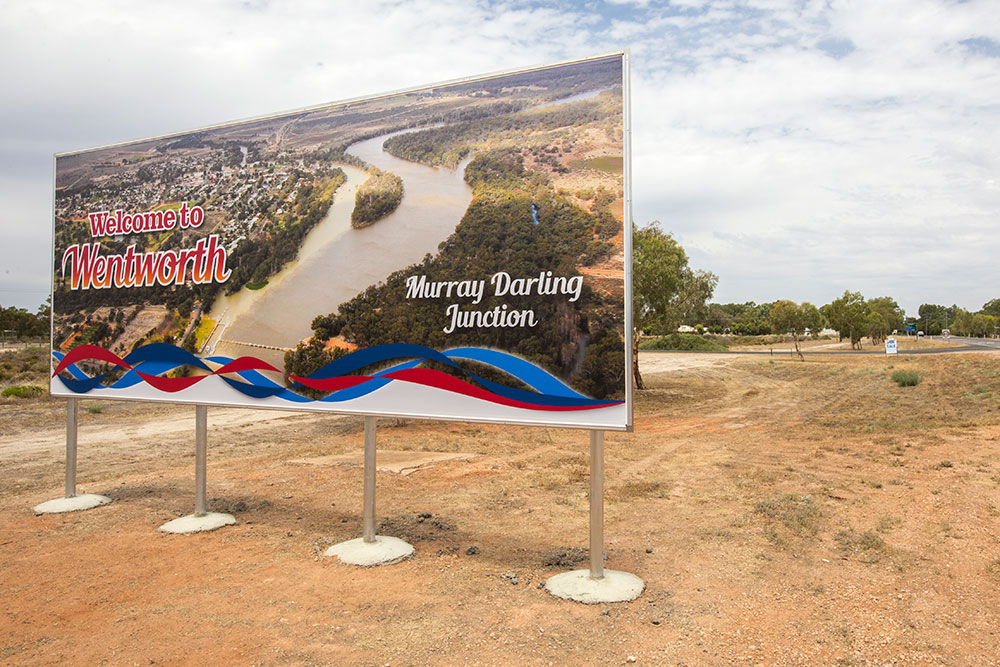
Visit Wentworth Tourism Branding
This tourism marketing strategy was built on 10 core principles. The brand worked for the Shire, community and industry. A brand that can be used across the entire region and a defined point of difference. More >



